

Senior Chris Flores started playing soccer when he was five. Although it was only for a youth team, little did he know that years later, soccer would grant him admission to college.
It is rare for any student athlete to be admitted to college because of athletic ability, especially at South, a school known more for its academics.
But Flores has beaten the odds. According to the NCSA (National Collegiate Scouting Association), there are seven million student athletes in the country. However, there are positions open for only 2% of athletes, and only 1% of them get full rides to Division I schools as Flores has. Flores has been admitted to Northeastern College for soccer with a full scholarship.
Student athletics recruitment generally falls into two categories: verbal acceptances and signing a letter of intent. Verbal acceptances are important, but not binding agreements; therefore, either party, student or college, can withdraw their offer. In contrast, signing a letter of intent is almost akin to signing a contract. Student athletes must go to the college they sign a letter of intent with. This action ends the recruiting process and officially binds athlete and college.
Many logistics go into college recruitment. Colleges and athletes both try to attract the other’s attention. Many colleges send scouts to find suitable high school students, mostly via outside sports teams. A student athlete’s “work ethic, inside and outside the classroom, leadership roles, responsibilities, sportsmanship, and skill,” all contribute to whether he or she is recruited, said Athletic Director Tom Umstatter.
In fact, Flores was scouted during one of the games he played for the Red Bulls Academy, a major league soccer (MLS) youth team. “It was a big experience for me,” Flores said.
Student recruits also consider other aspects of colleges, besides sports, like academics. “Academics are my primary focus,” said senior and lacrosse player Jarett Greben, who verbally committed to Hamilton College this past summer. “I chose to commit to Hamilton because, academically, it is one of the top liberal arts schools in the country. […] I am extremely lucky because [it] has a great lacrosse program [too].
Scholarship money is another factor. “There were a lot of offers from schools like Georgetown, UNC, Michigan,” said Flores. “They all offered me a certain amount of scholarship money, but Northeastern offered the most.”
“The equation [for students committing to colleges] would be the student, the school, and the family,” said Coach Umstatter. “In the end, it is really what the student and student’s family want.”
Committing to a college, as with most hefty decisions, comes with both pros and cons. Athletic ability may help certain students reach schools that they normally would not be admitted to. Scholarships, ranging from part to full, are also huge benefits. Obviously, the opportunity to get a good college education while playing sports is the prime reason why some students choose to commit to colleges. Yet disadvantages exist precisely because students are playing sports while getting a college education.
College athletics nowadays are full year commitments. “[At Hamilton], we train and practice all year, whether it’s in the weight room or on the field,” said Greben. Time management can also become an issue. Student athletes must split their time to keep up with schoolwork and maintain their grades while still playing competitively during games. Students also might not get a “full college experience”—with so much time being spent on sports, these students may not have time to pursue other interests.
But to student athletes who love the sports they play, the advantages may outweigh the disadvantages. Both student athletes from South are excited to have committed to a college.
“Right now, soccer is my most important priority,” said Flores.
Similarly, Greben said, “I am incredibly excited to embark on my lacrosse career at Hamilton College.”
Fit To Commit, Students Enter Colleges Through Athletic Ability
October 14, 2014






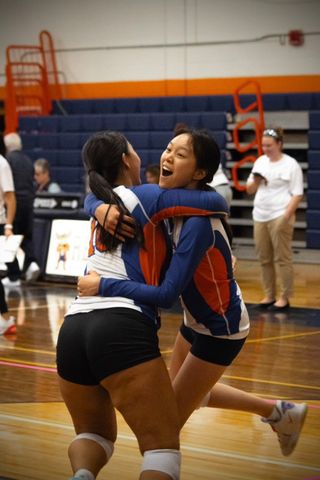

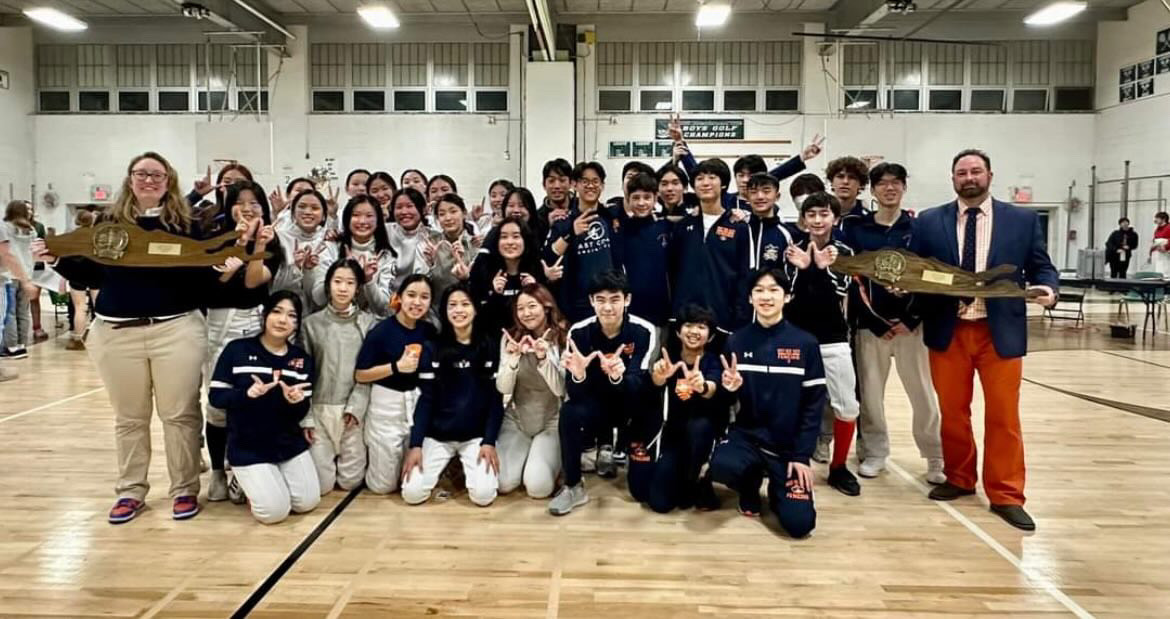
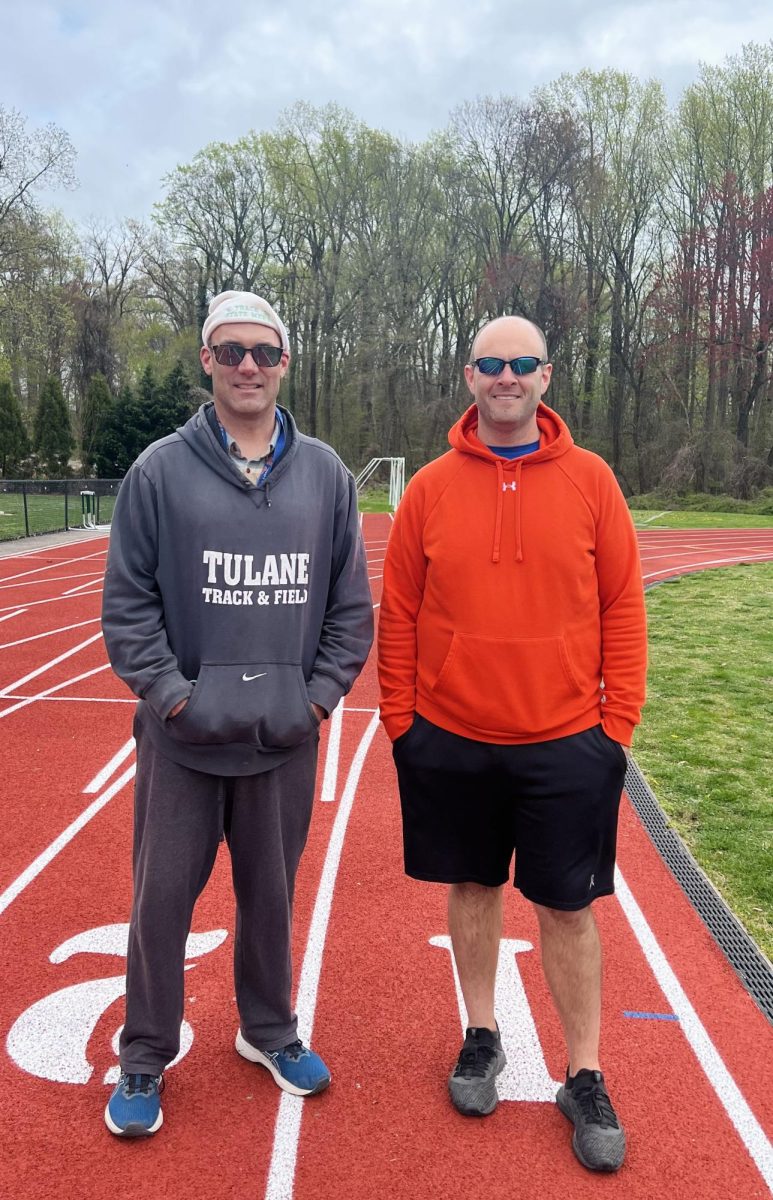
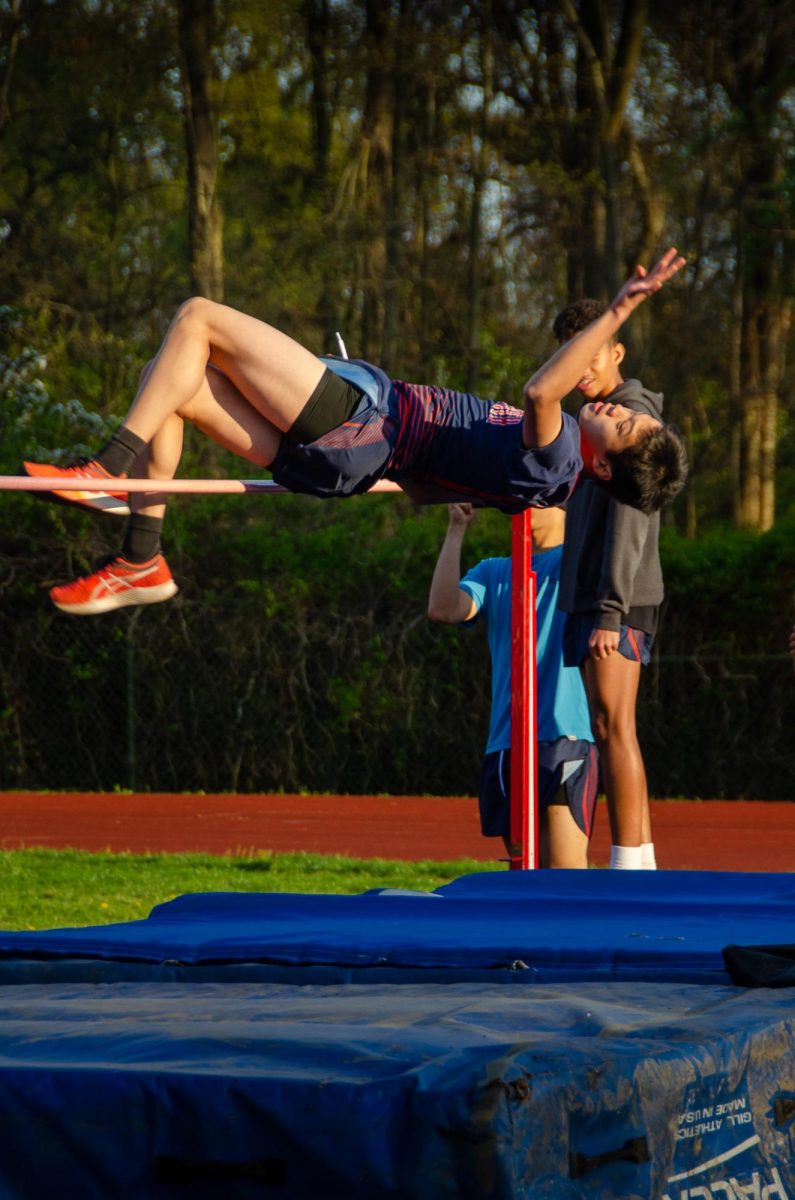
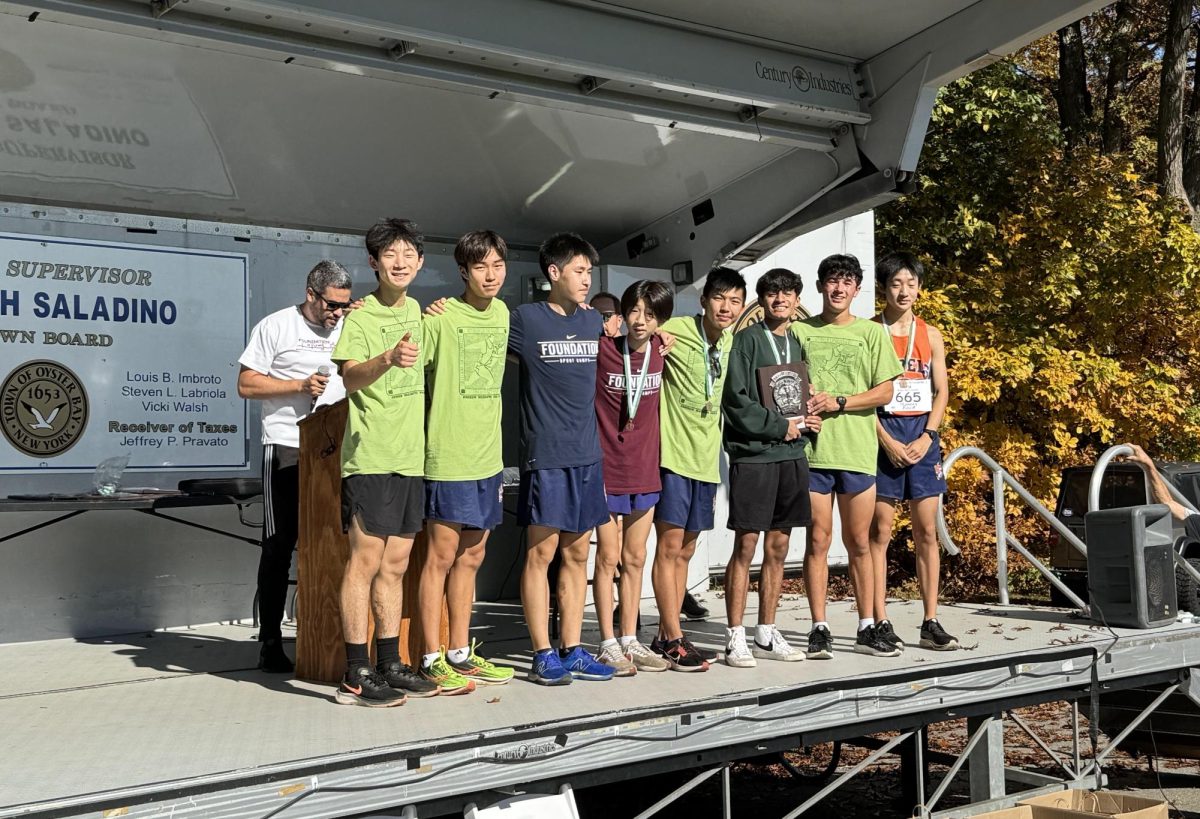
Joshua Baravarian • Feb 13, 2015 at 1:43 pm
I wish there had been an email sent out to all the coaches asking if we had any athletes being recruited and or looked at for college sports. On fencing we usually have at least one or two athletes a year… Please be in contact with the coaches so that we can highlight all of our student athletes, like our senior this year who was RECRUITED and accepted to Yale….